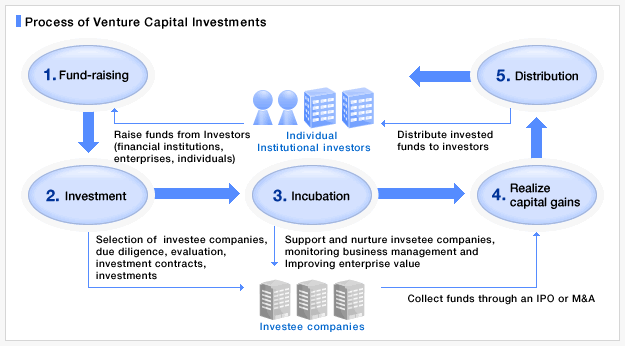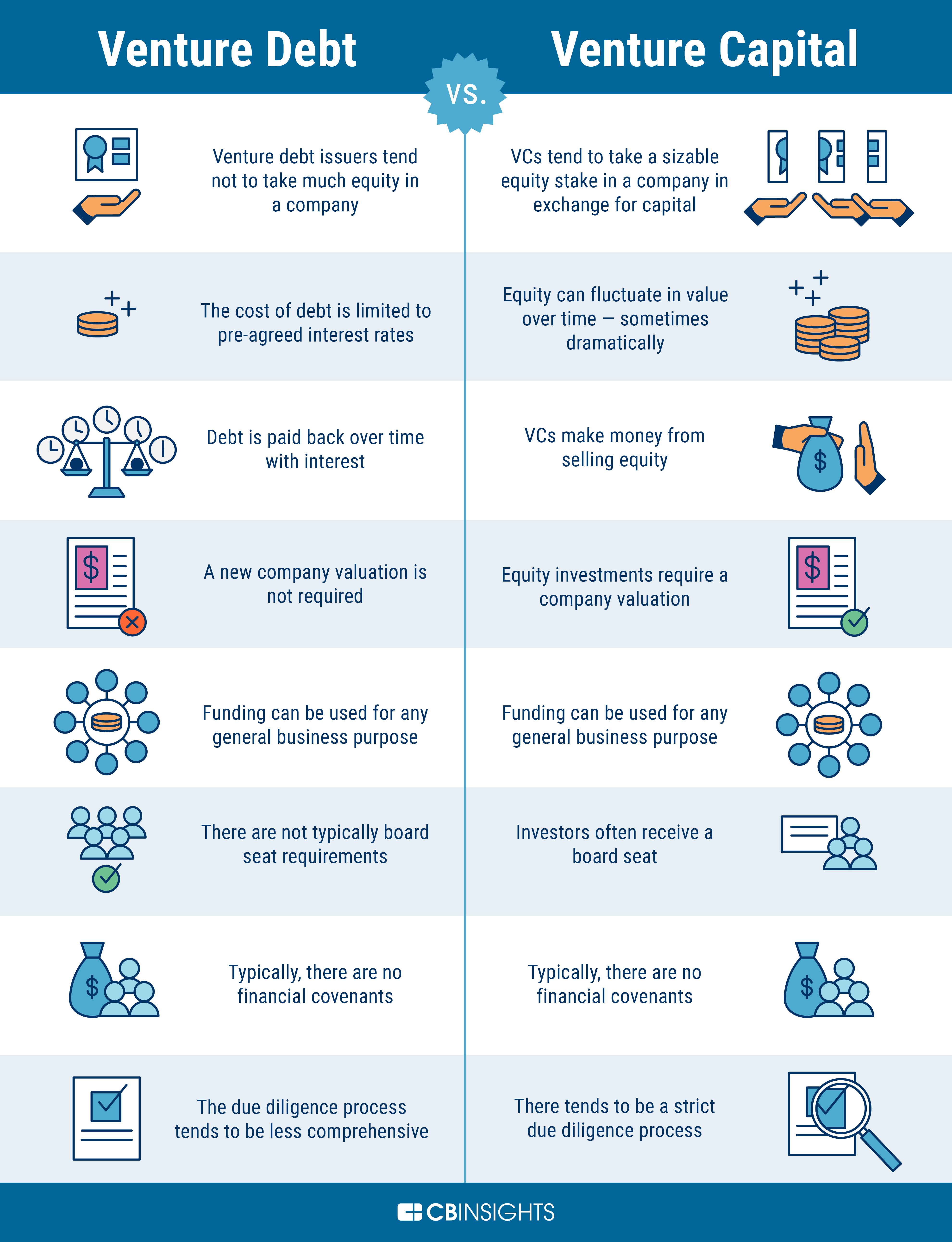

The startup economy creates a greater number of smaller players and products that may be relevant to an organization. 8 This trend is also reflected in the growing R&D spend of leading companies: the top five “big tech” firms now each spend as much on R&D as NASA or the Department of Energy 9 (see figure 1). Companies are placing bets further upstream to capitalize on intellectual property, notes economist Mariana Mazzucato. Investing in technology earlier in the commercial cycle offers companies enduring advantage-and speeding the “lab-to-street” part of the cycle. As commercial companies race to respond and create competitive advantage, three dynamics make it both particularly hard for organizations to simply invent or copy what they need-and particularly important to bring external capabilities in. This study explores four models of partnerships that governments can use to spin in technology-in other words, four “investment strategies”-and then outlines the core capabilities organizations need as part of a government venturing model.ĭigital technologies and business models are redefining industry structure and dynamics. Government can adapt this model to realize similar benefit-an approach the CIA pioneered in 1999 when it established its not-for-profit venture arm, In-Q-Tel, to invest in ventures with strategic relevance to the defense and intelligence communities. 7 (See the sidebar “What’s driving spin-ins?”) 6 The primary motivation for many of these investments is less financial than strategic, gaining insight into new products, the competitive environment, and partnership opportunities. To keep pace with startups’ agility and speed, many large corporations have created functions and investment strategies to engage external innovators-with more than 750 corporations making venture investments in 2018. So how can government bring in and better harness external innovation? Strategies to spin-in innovation should reimagine two critical aspects: (1) investment structures and partnership models to engage new and more diverse types of partners, moving beyond the traditional “make or buy” mindset and (2) dedicated functions within government that have the capabilities to connect new ideas to mission delivery.Ĭorporate venture capital offers a blueprint. However, they often fail to attract the new (and new types of) players at the forefront of innovation, possibly due to lack of interest from these companies: A December 2018 Government Accountability Office (GAO) report found, for example, that Small Business Innovation Research (SBIR) grants awarded less than 3 percent of funds to companies “majority-owned by venture capital companies, hedge funds, or private equity firms.” 5 And it is not necessarily easier to attract “big tech” companies, where high-profile employee protests have cut short several promising projects.

Many government organizations are developing strategies to do so-evidenced by a growing number of units, procurement vehicles, and programs dedicated to commercial and early-stage venture engagement. Unlike commercial entities that have access to legal and financial structures such as joint ventures, mergers, and acquisitions, governments have to find more creative ways to capture external innovation. Subscribe to receive related content from Deloitte Insights

“Now we’re in a different part of the cycle.” 4Įxplore the Government and public services collection As Erika Wagner, CEO of space startup Blue Origin, recently said at a conference: “We always talk about space being a place where spin-offs happen, where we would go spend a lot of money on Apollo and, in exchange, we get Teflon and cordless drills,” she said. Instead of spinning off government innovations into commercial products, government now needs ways to “spin in” technology to speed innovation and improve mission delivery. Now, leading capabilities are often already commercial: Consumer facial recognition technology may prove valuable for law enforcement, 1 commercial mapping tools have become part of the arsenal used by military special forces, 2 and commercial genetic testing could offer public health data and insights beyond what research studies are likely able to recruit.

More and more, government access to cutting-edge technology, skills, and business models involves tapping into the advances being made by outside players-essentially engineering a “reverse tech transfer.” Historically, government has fostered technological leaps, from space flight to GPS to vaccines, and the tech-transfer process then helped commercialize these new capabilities. Corporate venture capital offers a blueprint for governments to spin in technology innovation. With companies increasingly leading technology advances, government often has to look externally for solutions.


 0 kommentar(er)
0 kommentar(er)
